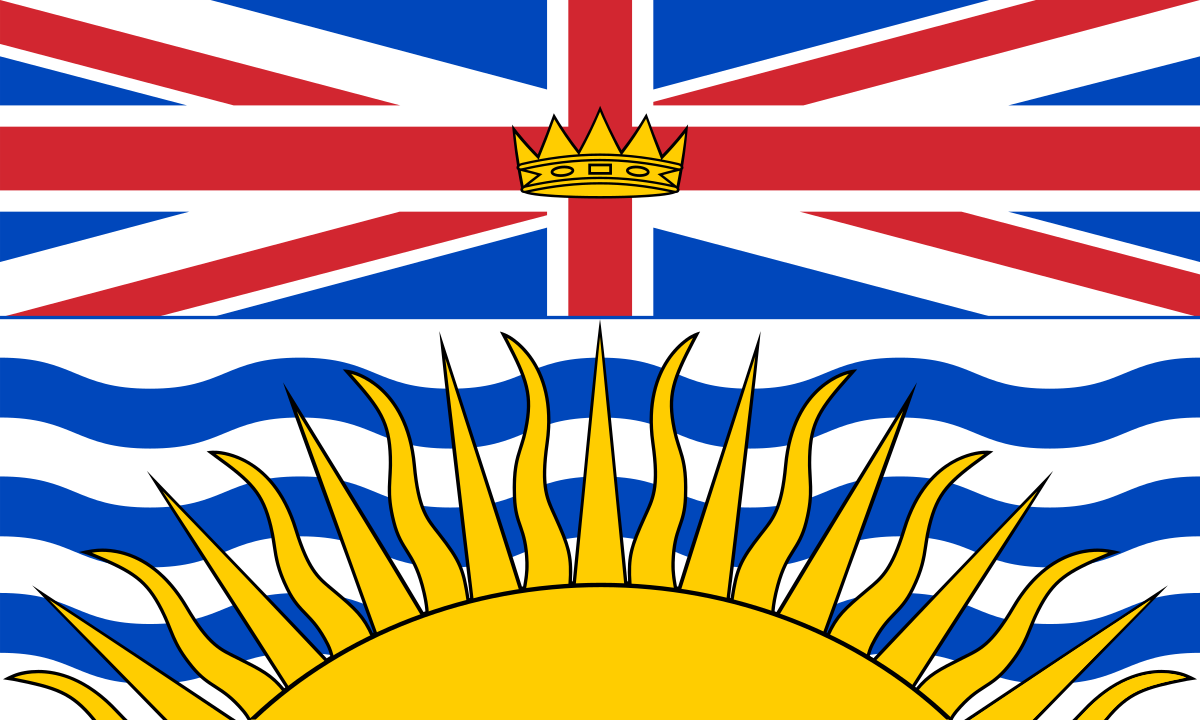

That is a space that is more generally lacking. A lot of spaces prioritize women in part because there’s a real issue with abusive men hunting down and killing their partners when they try to leave so women require a spy-like bugout infrastructure to safely leave. Historically this trend motivated womens groups and queer centric undergrounds to go above and beyond and was reinforced later by government grant because establishing support while victims are still alive is cheaper than the apparatus of investigation for their murder. It’s a balance sheet game.
This hunting behaviour is something highly statistically unlikely for women to do which tends to mean support for straight men could look a lot different and be effective but also the monetary government incentive to provide it is not as lucrative for governments who are always triaging spending in sectors that don’t somehow save them money.
It’s absolutely correct that these resources should exist but it is going to take a much greater grassroots effort to maintain and structurally speaking expecting it to look exactly like the model in place for women is probably in part the enemy of progress because those models are prohibitively expensive.




I am not arguing for Gender specifc shelters what I am saying is that it’s not a matter of how many reports of DV, the motivating factor in funding is how often each statistical group end in a homicide. It’s a stumbling block which means that the priority often overshadows services for men that do exist when doing a casual search even online.
The main needs of men escaping DV are mental health support and police assisted extraction, temporary housing and childcare assistance. The first two are decently prioritized depending on Province. Here in BC there’s decent resources directly through Coastal Health and less great coverage the Fraser Health Authority but childcare assistance is across the board spotty and really 99. 9% of the time the elements of making someone physically untraceable are not nessisary if the offender is a woman which means that if we were to look into hotel voucher programs and relocation services instead of permanent brick and mortar shelters for those cases you could likely provide options that fill the requirements for communities in smaller towns with a quarter of the funding of a shelter. Straight men generally do not have to skip town so they can often rely on their previously made support structures more so the time spent in temporary housing is often stays of less than a week.
What a lot of advocates in the space keep pushing for is a replication of the system because of the idea that it’s not fair to give men a “lesser service” but the needs of the cohort are completely different and we should structure care to fit the needs based on an evidence based model instead of pointing to something else that is designed for a group with completly different needs.